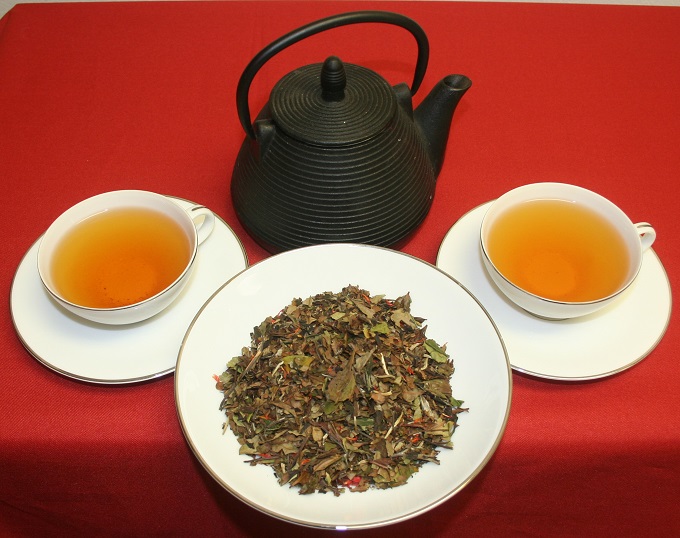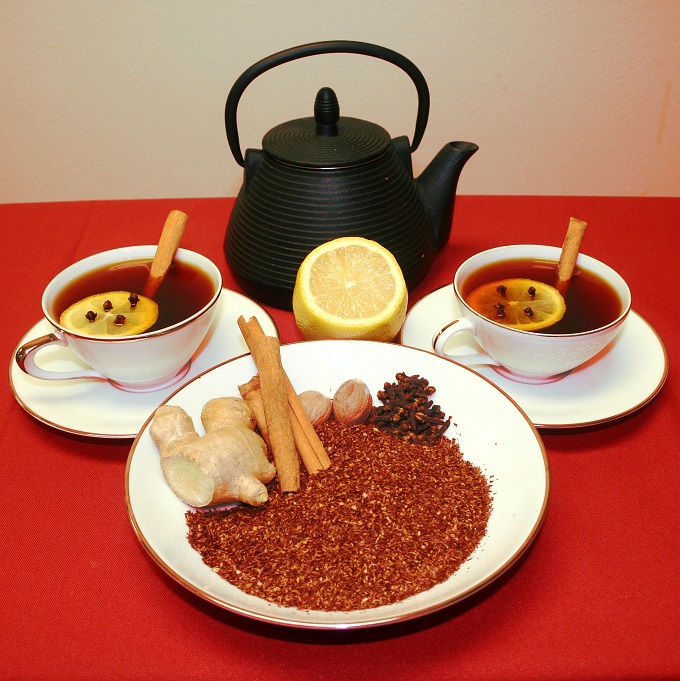Rooibos, or “red bush,” is native to the western coast of South Africa, and it has been harvested from the wild for millennia. Only recently has it been cultivated, but with a high reputation as a cheap and delicious caffeine-free tea alternative, in less than 100 years its popularity has spread to every continent. Rooibos […]
Coffee & Tea Articles
Pai Mu Tan White Teas

SEE OUR FULL TEA LIST HERE! Almost all white teas come from famous Fujian province, which claims to be the first producer of white, black, and oolong teas. Like green teas, receiving heat treatment to stop the oxidation process, white teas capture the delicate aromas of spring and dance many subtle flavors across the palate. […]
Welcome to the Wonderful World of Tea

SEE OUR FULL TEA LIST HERE! All of us at Burman Coffee Traders are flavor adventurers – always searching for the freshest and most interesting coffees and teas, always excited to discover unique beverages from unusual regions. If you have seen our coffee list, you already know that we are dedicated to sourcing the highest […]
How to make a London Fog

Recipe for creating a London Fog, a delicious drink made with Earl Grey Tea. A well-loved classic, Earl Grey is arguably the most popular of all flavored teas. Bergamot oil comes from the peel of a small citrus cultivated mostly in Italy, and lends a fantastic spicy-sour flavor as well as aromas which enliven the […]
Types of Teas

Tea 101: Many Different Types of Tea SEE OUR FULL TEA LIST HERE! Coffee is our passion. But when our taste buds are seeking a little variety, or for health and wellness, we are so happy to have our exceptional assortment of teas. More and more Americans are waking up to the world of tea […]

